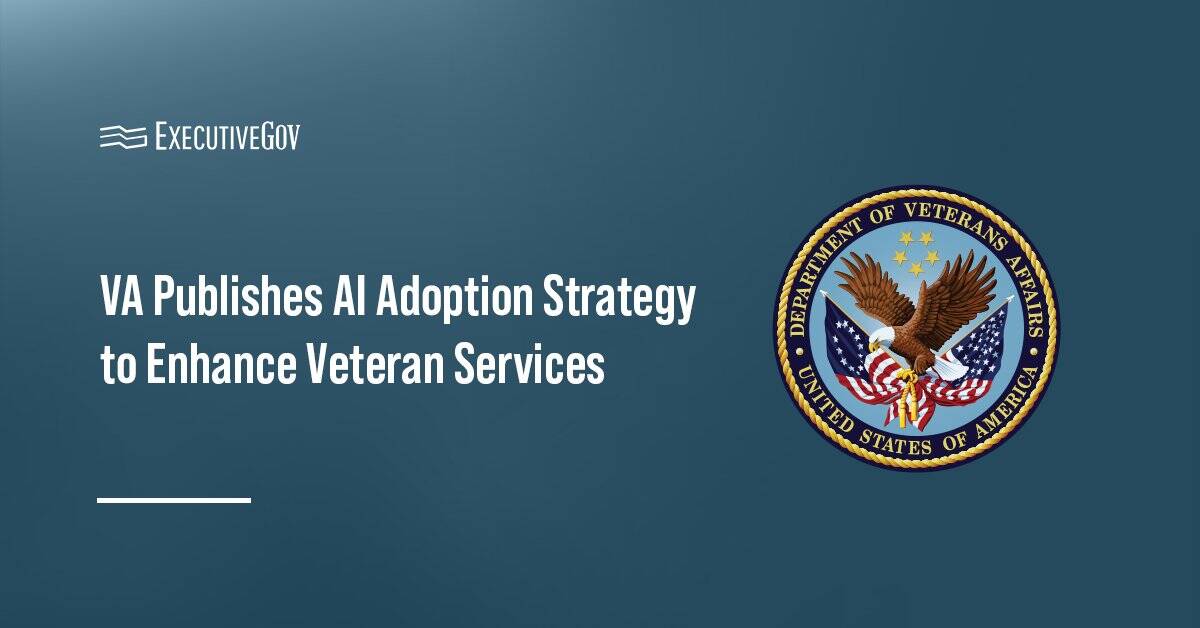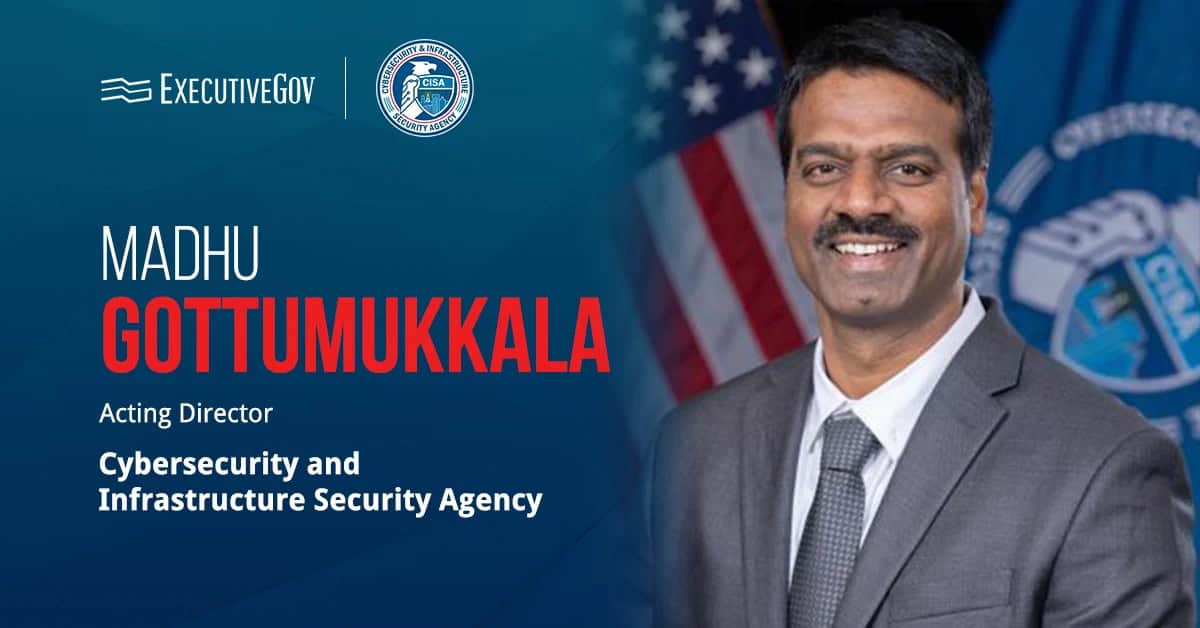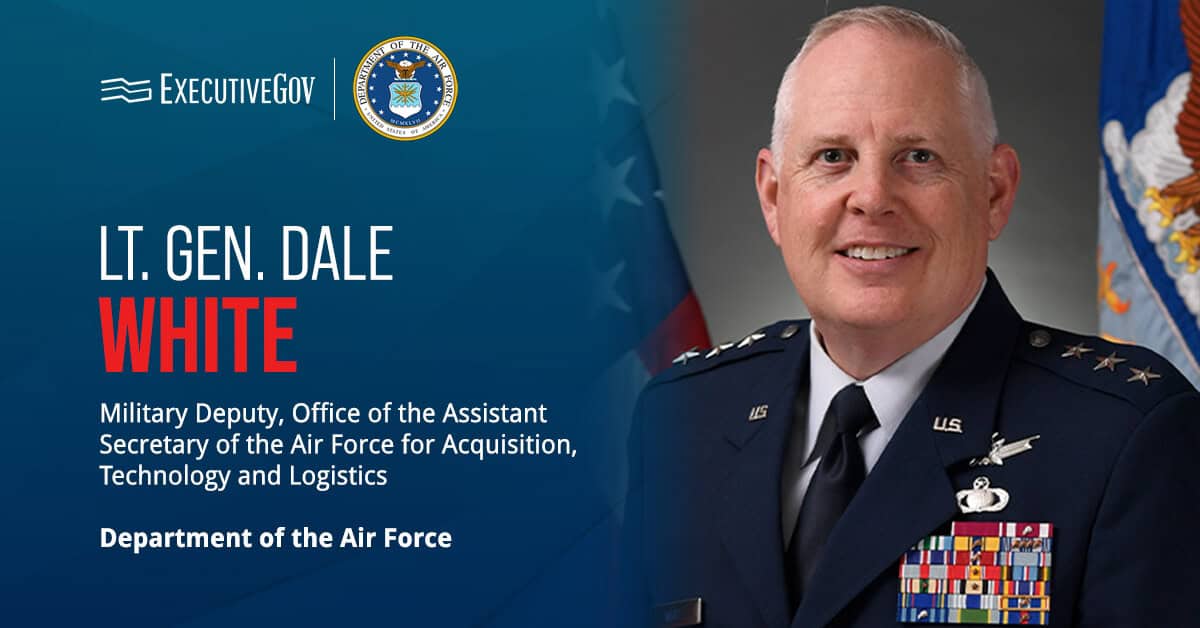The Department of Veterans Affairs has released a strategy to accelerate the adoption of artificial intelligence, aiming to streamline workflows, improve healthcare delivery, accelerate benefits processing and strengthen veterans’ trust in the agency.

The Potomac Officers Club’s 2025 Healthcare Summit will bring together government and industry leaders on Dec. 4 to explore innovations in federal healthcare technology, warfighter health and citizen services. Register now to connect with top decision-makers and shape the future of public health.
Table of Contents
Modernizing Service Delivery
VA described artificial intelligence as a transformational capability that can reduce administrative burdens and give staff more time to focus on direct, high-impact services. Early pilots such as VA GPT, Teams Premium and GitHub Copilot have already demonstrated measurable efficiency gains, with some users saving up to 10 hours of work each month. Building on these results, VA intends to expand employee access to cost-effective AI applications, including virtual assistants, automated documentation and AI-supported claims adjudication.
Reshaping Core Workflows
A central element of the strategy is the redesign of major processes across VA’s three administrations: the Veterans Health Administration, Veteran Benefits Administration and the National Cemetery Administration. In VHA, clinicians will benefit from AI-enabled transcription, clinical documentation and real-time decision support tools. For VBA, AI will help automate eligibility determinations and claims processing. In NCA, AI assistants will aid in scheduling and eligibility reviews. Meanwhile, the Veterans Experience Office will use voicebots and AI-enabled identity verification to streamline routine inquiries and reinforce protections against fraud.
Building Data Infrastructure
VA’s vision is to establish a modern, flexible AI infrastructure that supports safe experimentation, rapid scaling of proven tools and alignment with broader enterprise data modernization. The initiative is expected to result in high-quality and authoritative data that will drive AI applications across the department, from early pilots to fully scaled implementations.
To reach this goal, VA is prioritizing improvements in access and governance. This includes reducing onboarding times for data scientists and engineers, expanding reusable tooling and shared services for responsible AI development, and accelerating the path from experimentation to production. The department also plans to use real-world AI deployments to shape infrastructure standards.
Central to this effort is strengthening stewardship of data. VA is assigning clear business and technical roles, expanding the enterprise data catalog to track AI-driven products and defining responsibilities tailored to AI-specific needs. At the same time, VA will ensure that authoritative data on veterans is consistently maintained, secure and available across systems, creating a reliable foundation for scaling AI responsibly.
Developing an AI-Ready Workforce
Recognizing that responsible AI adoption depends on both technical expertise and cultural readiness, VA is creating a workforce strategy that combines centralized leadership with distributed innovation. The department is establishing a hub-and-spoke model, anchored by two central organizations: the Office of the Chief AI Officer and the National Artificial Intelligence Institute. These hubs will set strategy, standards and governance, while local “spokes” — teams embedded in regional networks and program offices — will adapt and apply AI to mission-specific needs.
As part of this effort, VA plans to stand up an “AI Corps” of at least 10 dedicated subject matter experts recruited through direct hiring and federal technology fellowship programs. These specialists will lead development across data science, model design, standards and AI literacy.
The strategy also emphasizes broad-based literacy. Every computer-based employee will receive general-purpose training on the use of generative AI in VA workflows, ensuring staff at all levels can engage with AI tools responsibly and effectively. By combining deep expertise with widespread literacy, VA aims to embed AI fluency throughout its 400,000-strong workforce.
Strengthening Governance and Building Trust
Transparency and responsible use stand at the center of VA’s AI strategy. The department is reinforcing governance frameworks to ensure that all AI projects meet federal requirements. These measures will be coupled with strict privacy protections and enterprise-wide risk management to safeguard veteran data across every use case.
To build and sustain public confidence, VA will maintain a publicly accessible inventory of AI projects, giving veterans and stakeholders visibility into how these technologies are being applied. The department is also conducting direct outreach and user research to incorporate veteran perspectives into deployment decisions.





